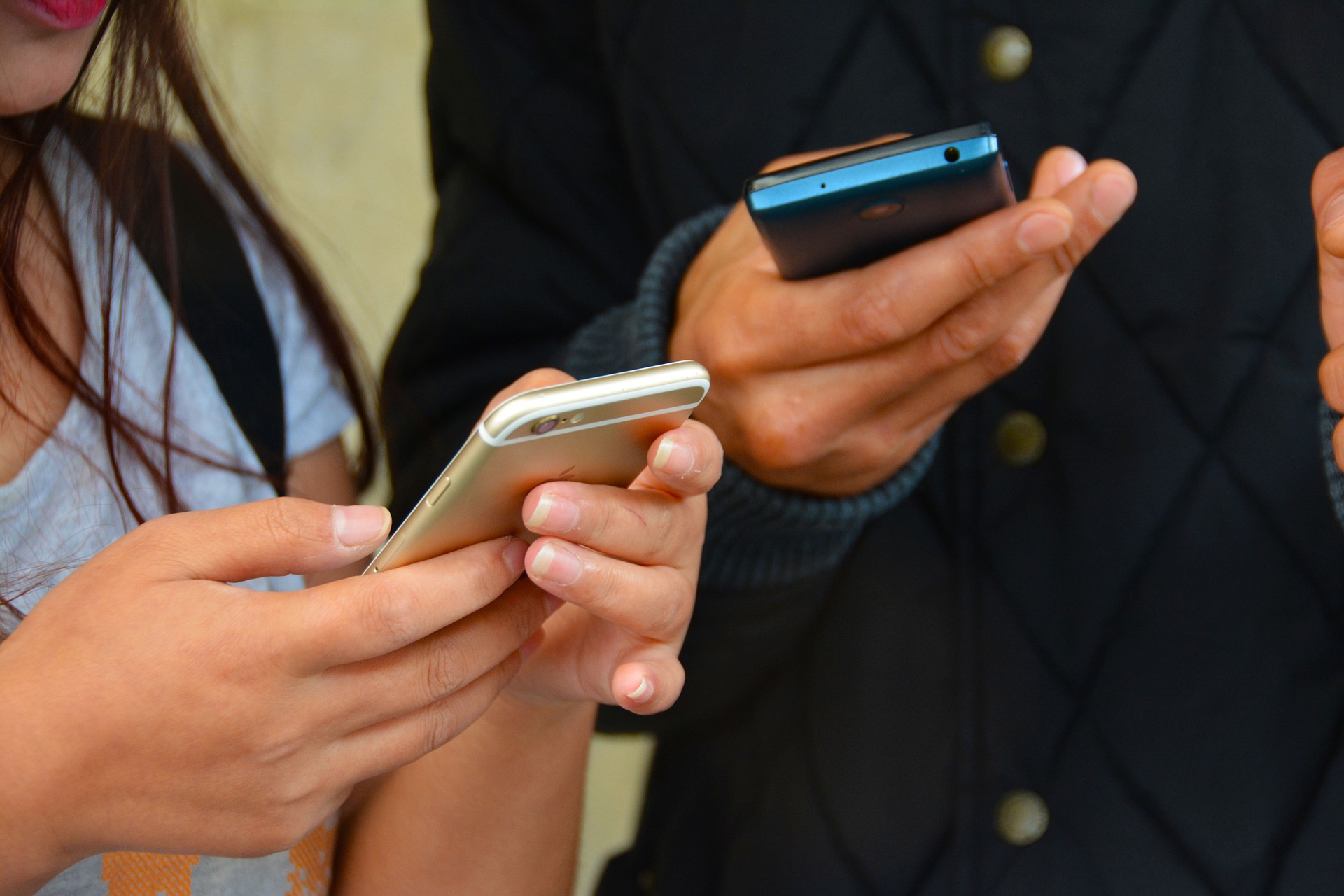


The coronavirus pandemic brought the idea of contact tracing to the forefront of many people’s minds. And in a nutshell, it’s difficult to accurately keep tabs on how many people you’ve come into contact with. Now, however, Apple and Google are teaming up to try and leverage the ubiquity of smartphones to help notify users who may have been exposed to the virus while protecting their privacy.
We don’t quite know everything about the project just yet, but it will begin in mid-May when both companies plan to help public health organizations release apps that would keep track of everyone that users come into contact with over the course of a day. Then, if someone with whom you’ve been in close proximity gets a positive diagnosis, the app can alert you to take appropriate action.
The necessary technology has likely been in your phone for most of a decade. It uses Bluetooth Low Energy, which has been in iPhones since 2011 and Android phones since 2012. It’s a variation on the tech that enables devices like wireless headphones. Bluetooth Low Energy—you’ve probably seen it abbreviated BLE—is only meant to transmit small amounts of data in short bursts rather than constant streams, so it’s much easier on battery life.
The tricky part, however, is getting various phones on different platforms to talk to each other in real-time, which is where this new project from Google and Apple comes in. The companies are planning to allow iOS and Android phones to pass unique codes to one another when they’re in close range. By keeping track of these codes, the app can paint a relatively complete picture of every person with whom you’ve had contact.
Once per day, the service will check a database to see if you were close enough to anyone for exposure. If so, the app will pop up an alert with guidance about next steps and possible risk factors.
While it would initially only work between users that have downloaded and activated the app, both Apple and Google are looking towards integrating the functionality directly into their respective mobile operating systems. Even then, however, users would need to opt-in in order to use it.
The companies have released extensive documentation about the way the encryption will work in a downloadable PDF. Essentially, your phone stores encrypted codes that the app can pair with identifiers only if there’s a positive diagnosis.
One of the most important takeaways: It’s not based purely on location data, but rather phones exchanging information while in close proximity. It’s easy to envision a system based on GPS and location tracking, but that opens up more security and accuracy problems—not to mention privacy concerns—that the companies are hoping to avoid.
There are still some major question marks to go along with it, however. We know that once a user gets an official diagnosis, the app will upload 14 days of codes to a server that will trigger the notification for anyone with whom they have had contact. We still don’t quite know, however, how the app will confirm that it’s a legitimate diagnosis, but there will be a safeguard in place. Similar apps like Covid-Watch require patients to get an official code from their healthcare provider that certifies the diagnosis.
We’re also still not entirely sure which organizations will have access to the software However, just this weekend, the UK National Health Service announced that it’s onboard to integrate Google and Apple’s work into its own plans. Singapore launched an app called TraceTogether, which operated on similar technology and quickly achieved wide adoption with users.
We’ll learn more about Google and Apple’s efforts in the coming weeks, but the app’s success will be dependent upon people actually trusting and using it.
